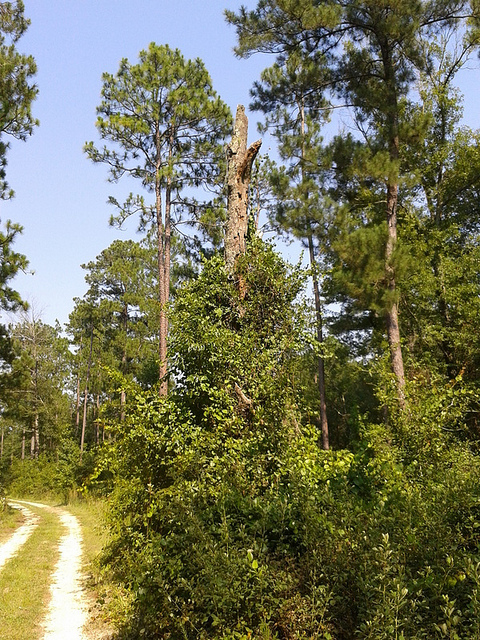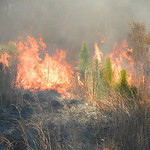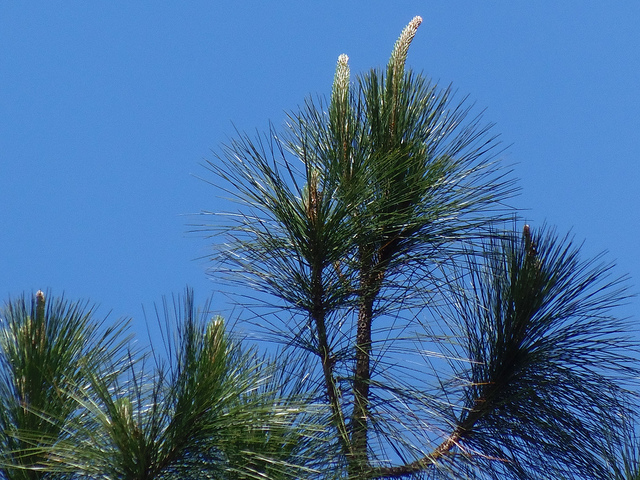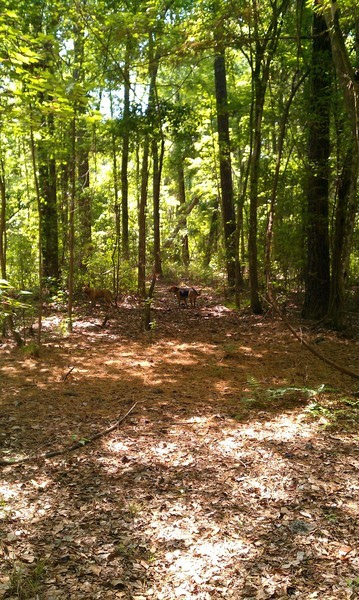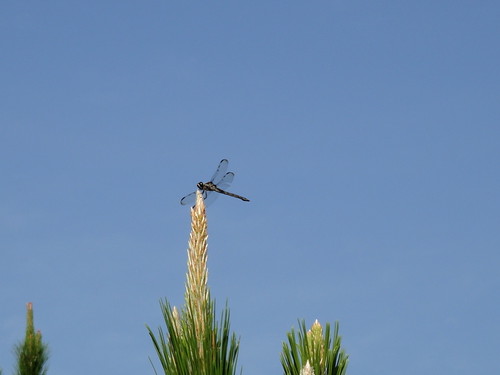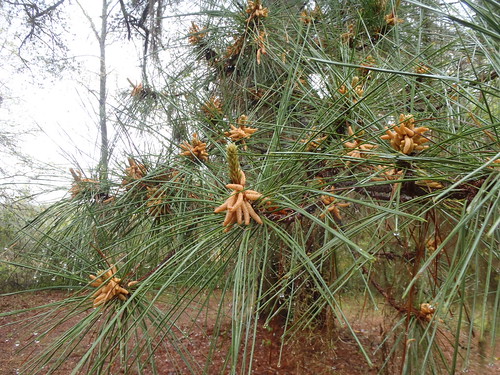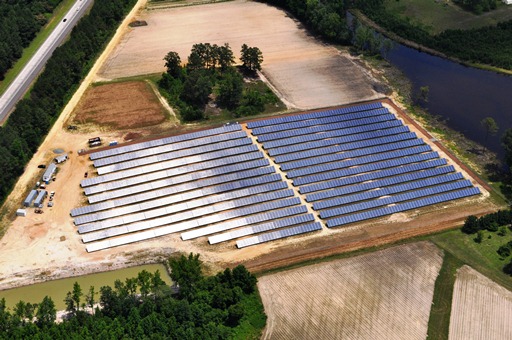 From solar electric fences to selling solar power for profit,
John S. Quarterman will talk about
solar opportunities for farmers and some legal hurdles,
at
South Georgia Growing Local 2014:
From solar electric fences to selling solar power for profit,
John S. Quarterman will talk about
solar opportunities for farmers and some legal hurdles,
at
South Georgia Growing Local 2014:
Why solar power is the fastest growing industry in the world and how to apply it to agriculture. Financing is the main obstacle. Some ways to get financing, and at least one law that could be changed to help with that.
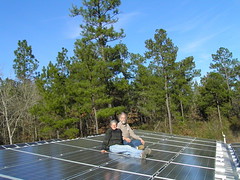 His conference bio: Continue reading
His conference bio: Continue reading
